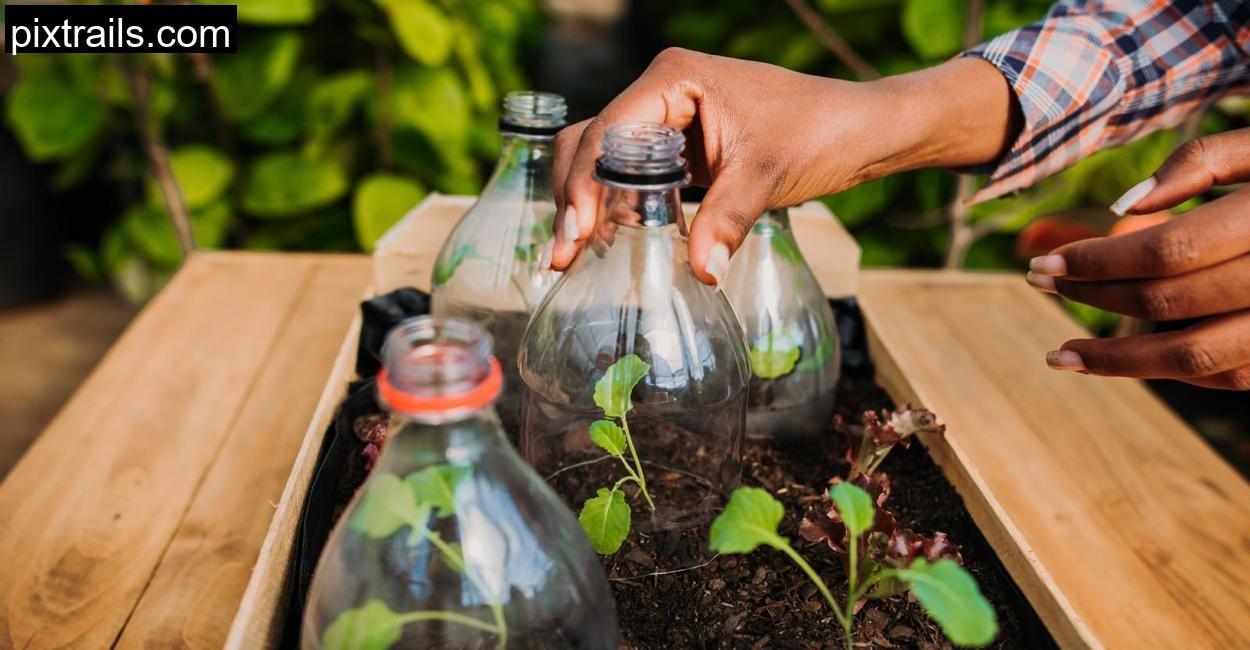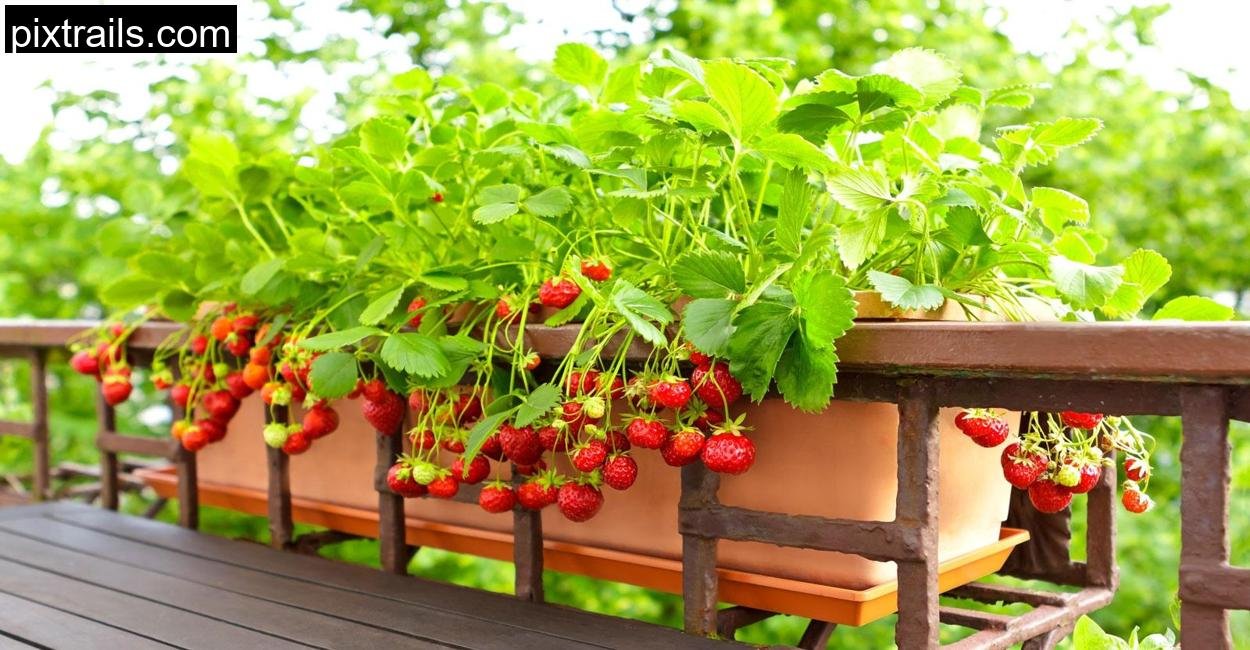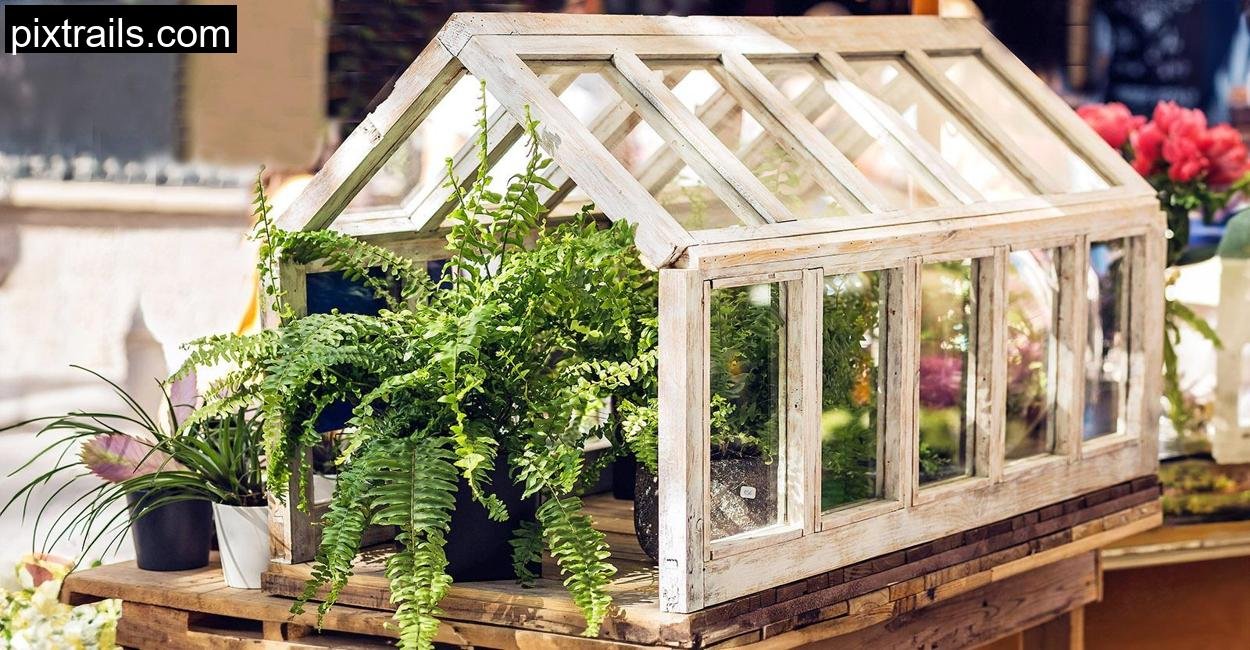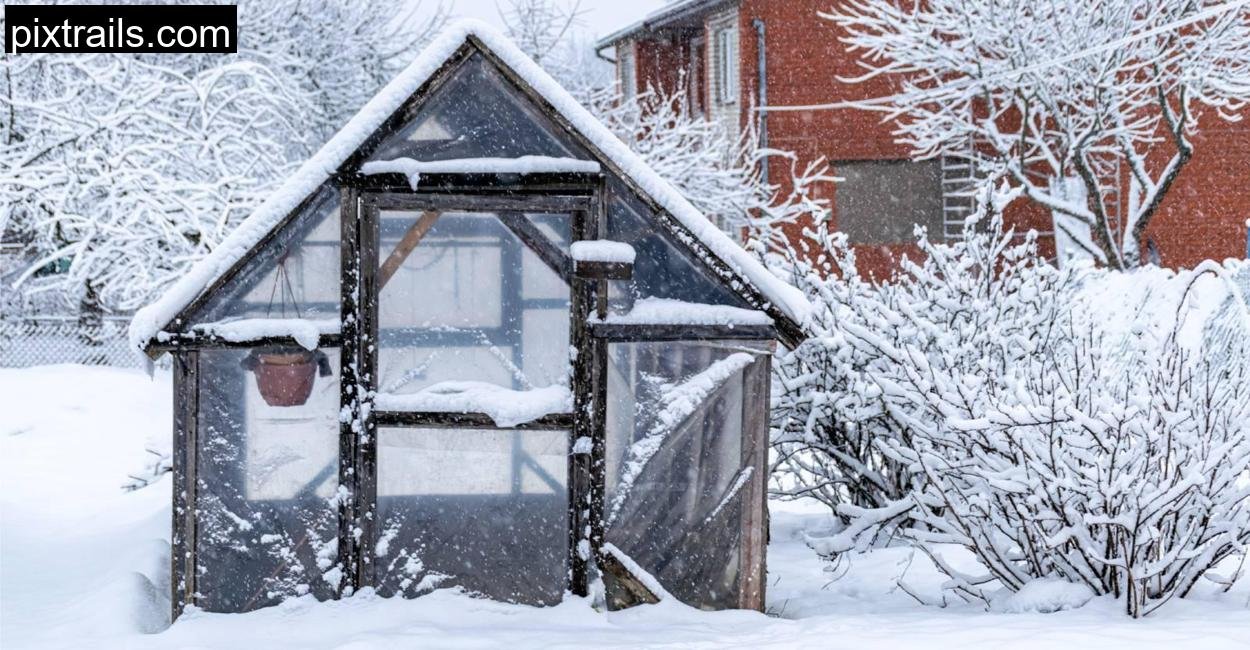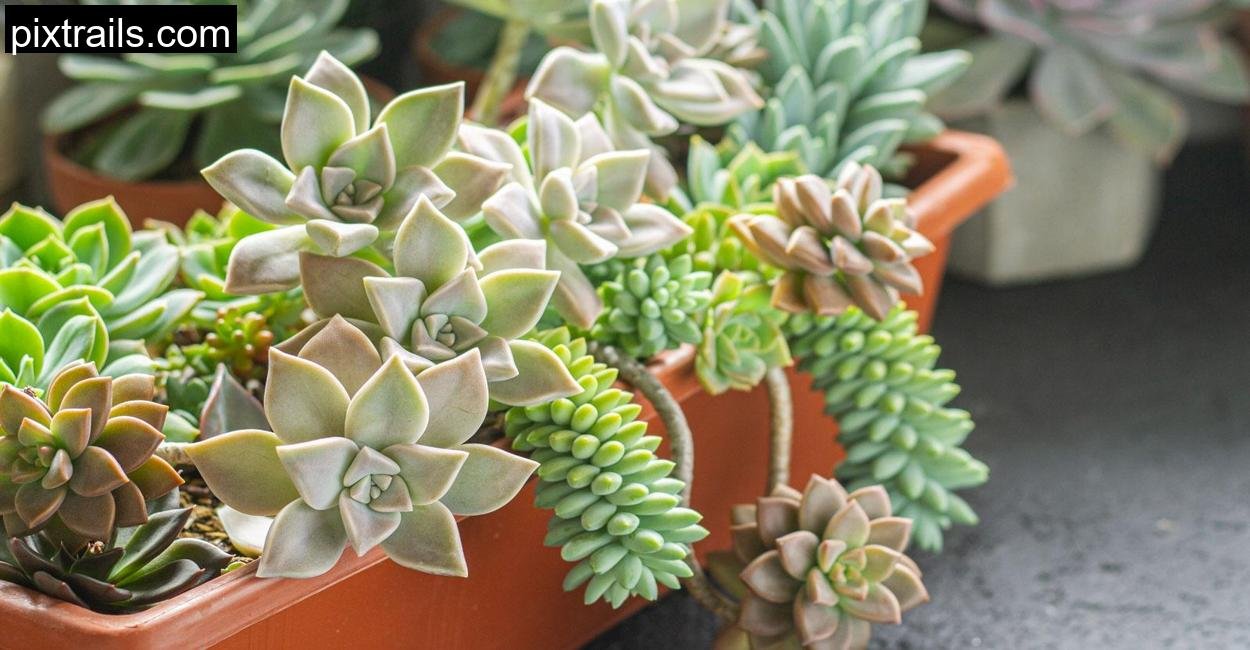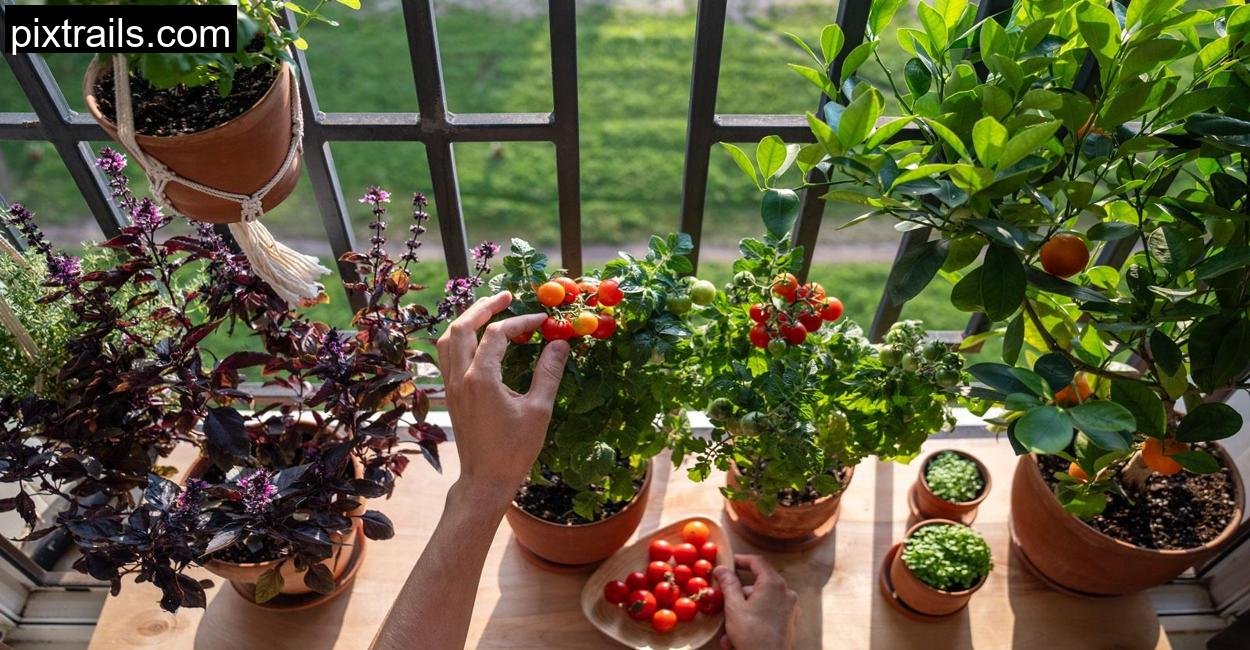It was one of those early March mornings that tricks you into believing spring has fully arrived. The sky was clear, the robins were back, and the daffodils had started pushing up from the cold soil in the far corner of my garden. I stepped outside with a steaming mug of tea, full of that pre-season enthusiasm all gardeners know too well.
But by sunset, the winds had turned sharp again. The forecast called for frost. And there I was, standing barefoot on the porch, suddenly panicking about the tender kale and arugula I had eagerly planted the week before. I’d gambled on an early start, a familiar dance, and now it was time to outsmart the cold, DIY-style.
The First Cloche: A Milk Jug Epiphany
I dashed into the kitchen and grabbed a pair of empty plastic milk jugs from the recycling bin. I remembered something I’d once seen in an old gardening magazine, using them as makeshift greenhouses. I sliced the bottoms off with a kitchen knife, feeling half MacGyver, half desperate gardener. I popped them over my seedlings, pressed them slightly into the soil for stability, and removed the caps to allow for ventilation.
The next morning, I tiptoed out like a kid on Christmas Day. The ground was white with frost, the birdbath iced over. But under the jugs, my kale stood tall and untouched by the cold, like little soldiers in plastic armor. I was hooked.
From Trash to Treasure: Experimenting With Cloche Materials
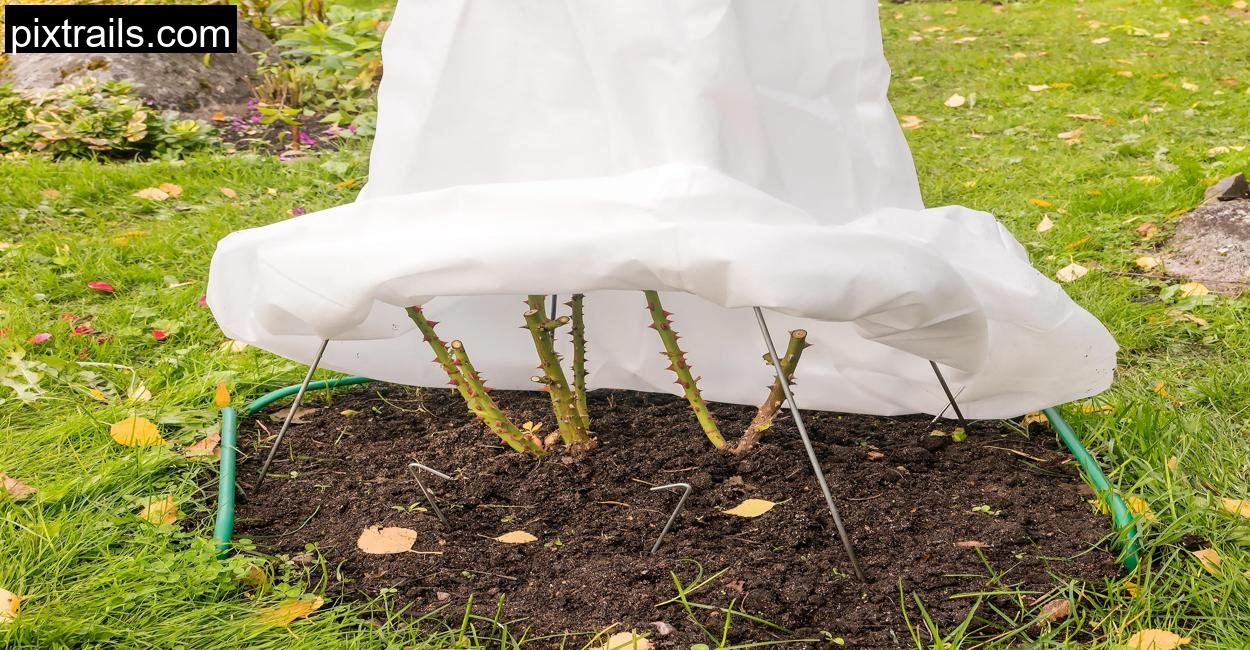
That success lit a fire in me. Over the next couple of weeks, I went on a frenzy of experimentation, treating my garden like a frost-lab.
Yogurt containers, clear salad tubs, even a two-liter soda bottle with the label peeled off, all of them ended up inverted over vulnerable seedlings.
One weekend, while repotting some geraniums, I realized the cheap plastic bowls I’d bought in bulk during last year’s picnic season were the perfect dome shape. I flipped one over a basil plant and weighed it down with a small rock. Instant cloche.
I remember laughing at myself. Who knew that leftover barbecue supplies would one day shield my herbs from frost?
The Wall O’ Water: A Quirky Game Changer
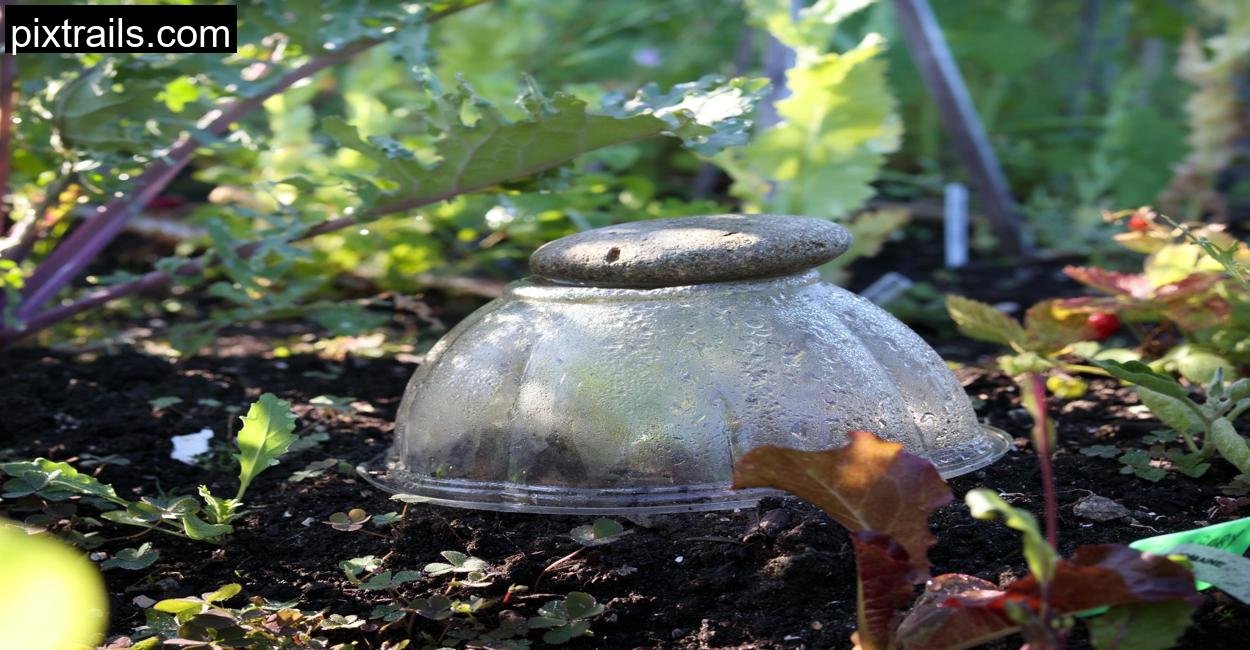
I decided to invest a little and ordered a few Wall O’ Water cloches online after reading glowing reviews from other gardeners. When they arrived, I looked at them skeptically, floppy rings of plastic? But once filled with water and positioned around my tomato seedlings, they transformed into glowing teepees by day, soaking up the sun.
That night, a biting chill settled in. Yet the tomatoes, still tender and not even six inches tall, survived like they’d never noticed. The water had absorbed solar heat and slowly radiated it through the night, creating a snug pocket of warmth.
There’s something almost magical about walking out into a frosty garden and finding your plants thriving under something as low-tech as water-filled tubes. It reminded me of stories from pioneer days, innovation born from necessity.
Building a Cold Frame From Scrap

I wasn’t done. In mid-April, I built my first cold frame using scrap wood from the garage and an old windowpane I found leaning behind the shed. I dug a shallow trench, fitted the wooden frame over it, and placed the glass on top. With the hinge from an unused cabinet door, I could lift the pane in the morning to ventilate, then close it again in the evening to trap in the warmth.
Inside, I placed lettuce starts, a few marigolds, and even dared to sow some spinach. The warmth inside that little box was remarkable, easily 8 to 10 degrees warmer than the surrounding air.
One morning I crouched down, lifted the lid, and got hit with that earthy, living smell that only comes from healthy soil and young leaves, in contrast to the cold, damp air outside. I sat there for a while, just breathing it in.
The Blanket Trick And The Return Of Frost
In early May, when most gardeners have already relaxed, a surprise frost rolled in. I’d been so focused on daytime warmth that I hadn’t considered the odd late spring bite. In a moment of last-minute panic, I threw a blanket over my cold frame and another over the low tunnel I’d rigged from bent PVC pipes and row cover fabric. My garden looked like it was ready for bed.
That night, the wind howled and the thermometer dipped to nearly -2°C. I barely slept. But at sunrise, I went outside, peeled back the blankets, and found everything safe and sound. The spinach hadn’t even wilted.
I walked back in with cold hands, a muddy robe, and the proud grin of a person who just won a secret war against nature.
DIY Cloches That Worked For Me (and might work for you too)
| Cloche Type | Material Used | Best For | Ventilation Needed? |
| Milk Jug | Plastic milk/water jugs with bottom removed | Individual seedlings | Yes – remove cap |
| Soda Bottle | 2L PET bottle | Herbs, small veg | Yes – open cap daily |
| Picnic Bowl | Clear plastic salad or serving bowl | Small herbs, flowers | Optional – lift daily |
| Wall O’ Water | Pre-made water-filled plastic tubes | Tomatoes, peppers | No |
| Cold Frame | Scrap wood + clear window or plastic panel | Lettuce, spinach, early starts | Yes – lift top daily |
| Row Cover Tunnel | PVC frame + breathable fabric | Longer beds of seedlings | Yes – roll sides daily |
| Hot Cap | Wax paper domes | Temporary frost nights | No – limited use |
| Blanket Over Tunnel | Any thick cloth or old comforter | Emergency frost protection overnight | Remove in morning |
The Human Side of Cloching
Beyond the practicality, building and using cloches made me more aware of my plants’ microclimate. I started tracking temperatures more closely, observing which corners of my garden were more frost-prone. I felt more connected to the rhythm of the seasons, not just reacting to the cold, but working with it.
It also reminded me that gardening doesn’t need to be expensive. Most of my cloches came from the recycling bin or scrap woodpile. And yet, they gave me lettuce weeks earlier than my neighbors. My kids even joined in, painting old milk jugs with little suns and flowers, turning utilitarian plant covers into garden art.
There’s something beautiful in that blend of function and creativity.
Conclusion
Gardening is full of tiny experiments, victories, and surprises. Cloches gave me not just earlier lettuce, but also confidence, a sense that I could shape my little garden’s fate, one plastic jug at a time. If you’ve ever stood in your slippers at dusk, scanning the forecast and worrying about your radishes, trust me, a cloche can feel like a superhero cape for your seedlings.
What is a cloche, exactly?
A cloche is a cover placed over plants to protect them from cold and frost. Traditional cloches were glass domes, but today, any protective mini-greenhouse setup, from jugs to frames, can serve the purpose.
Do I need to remove a cloche every day?
It depends. Plastic jugs with caps should be vented during the day. Cold frames and tunnels need to be opened on warm, sunny days to prevent overheating. Always monitor the inside temperature if possible.
Can I use a cloche on all plants?
Cloches are best for tender seedlings, young transplants, and frost-sensitive herbs and vegetables. Avoid using them on cool-weather crops like cabbage unless you’re protecting from extreme cold.
